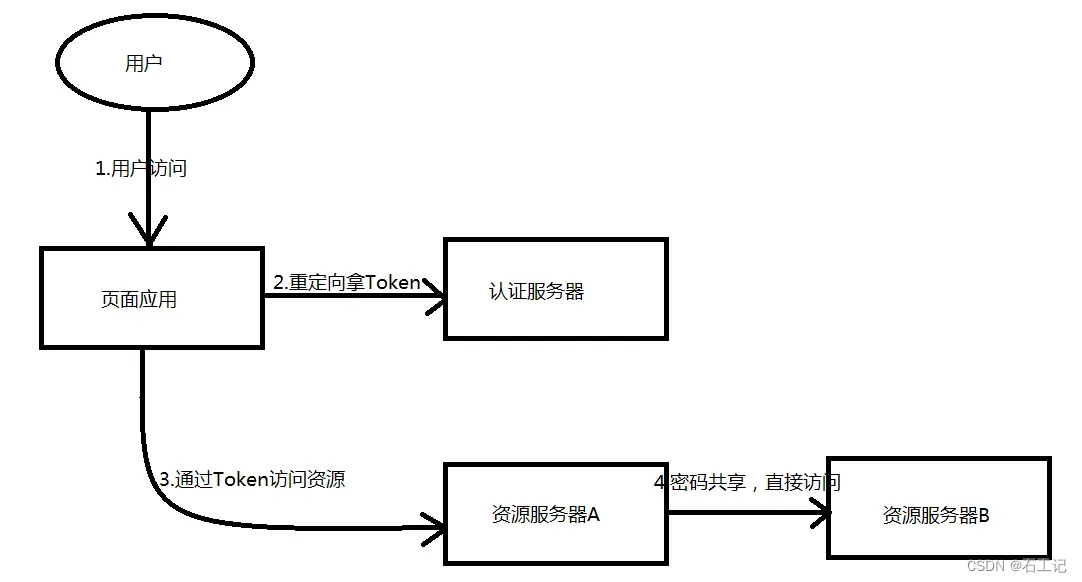目录
线程通讯-互斥
互斥锁初始化-pthread_mutex_init
互斥锁销毁pthread_mutex_destroy
申请锁-pthread_mutex_lock
释放锁-pthread_mutex_unlock
读写锁
死锁的避免
编辑
条件变量
线程的GDB调试
笔记
线程的互斥和同步
临界资源概念:
互斥锁的创建和销毁
动态方式:
静态方式:
锁的销毁:
互斥锁的使用:
读写锁
死锁
线程通讯-互斥
临界资源
一次只允许一个任务(进程、线程)访问的共享资源
临界区
访问临界资源的代码
互斥机制
mutex互斥锁
任务访问临界资源前申请锁,访问完后释放锁
互斥锁初始化-pthread_mutex_init
#include <pthread.h>
int pthread_mutex_init(pthread_mutex_t *mutex,
const pthread_mutexattr_t * attr);
成功时返回0,失败时返回错误码
mutex 指向要初始化的互斥锁对象
attr 互斥锁属性,NULL表示缺省属性
man 函数出现 No manual entry for pthread_mutex_xxx解决办法
apt-get install manpages-posix-dev
互斥锁销毁pthread_mutex_destroy
int pthread_mutex_destroy(pthread_mutex_t *mutex)
申请锁-pthread_mutex_lock
#include <pthread.h>
int pthread_mutex_lock(pthread_mutex_t *mutex);
int pthread_mutex_trylock(pthread_mutex_t *mutex)成功时返回0,失败时返回错误码
mutex 指向要初始化的互斥锁对象
pthread_mutex_lock 如果无法获得锁,任务阻塞
pthread_mutex_trylock 如果无法获得锁,返回EBUSY而不是挂起等待
释放锁-pthread_mutex_unlock
#include <pthread.h>
int pthread_mutex_unlock(pthread_mutex_t *mutex);
成功时返回0,失败时返回错误码
mutex 指向要初始化的互斥锁对象
执行完临界区要及时释放锁
读写锁
初始化一个读写锁 pthread_rwlock_init
读锁定读写锁 pthread_rwlock_rdlock
非阻塞读锁定 pthread_rwlock_tryrdlock
写锁定读写锁 pthread_rwlock_wrlock
非阻塞写锁定 pthread_rwlock_trywrlock
解锁读写锁 pthread_rwlock_unlock
释放读写锁 pthread_rwlock_destroy
死锁的避免
条件变量
pthread_cond_wait(&m_cond,&m_mutex);
int pthread_cond_timedwait(pthread_cond_t *restrict cond,
pthread_mutex_t *restrict mutex,
const struct timespec *restrict abstime);
int pthread_cond_signal(pthread_cond_t *cond);
int pthread_cond_broadcast(pthread_cond_t *cond);
线程的GDB调试
显示线程
info thread
切换线程
thread xxx
GDB为特定线程设置断点
break location thread id
GDB设置线程锁
set scheduler-locking on/off
笔记
线程的互斥和同步
临界资源概念:
不能同时访问的资源,比如写文件,只能由一个线程写,同时写会写乱。
比如外设打印机,打印的时候只能由一个程序使用。
外设基本上都是不能共享的资源。
生活中比如卫生间,同一时间只能由一个人使用。
必要性: 临界资源不可以共享
man手册找不到 pthread_mutex_xxxxxxx (提示No manual entry for pthread_mutex_xxx)的解决方法:
apt-get install manpages-posix-dev
互斥锁的创建和销毁
两种方法创建互斥锁,静态方式和动态方式
动态方式:
int pthread_mutex_init(pthread_mutex_t *restrict mutex,const pthread_mutexattr_t *restrict attr);
其中mutexattr用于指定互斥锁属性,如果为NULL则使用缺省属性。
静态方式:
pthread_mutex_t mutex = PTHREAD_MUTEX_INITIALIZER;
锁的销毁:
int pthread_mutex_destroy(pthread_mutex_t *mutex)
在Linux中,互斥锁并不占用任何资源,因此LinuxThreads中的 pthread_mutex_destroy()除了检查锁状态以外(锁定状态则返回EBUSY)没有其他动作。
互斥锁的使用:
int pthread_mutex_lock(pthread_mutex_t *mutex)
int pthread_mutex_unlock(pthread_mutex_t *mutex)
int pthread_mutex_trylock(pthread_mutex_t *mutex)
vim 设置代码全文格式化:gg=G
读写锁
必要性:提高线程执行效率
特性:
写者:写者使用写锁,如果当前没有读者,也没有其他写者,写者立即获得写锁;否则写者将等待,直到没有读者和写者。
读者:读者使用读锁,如果当前没有写者,读者立即获得读锁;否则读者等待,直到没有写者。
注意:
同一时刻只有一个线程可以获得写锁,同一时刻可以有多个线程获得读锁。
读写锁出于写锁状态时,所有试图对读写锁加锁的线程,不管是读者试图加读锁,还是写者试图加写锁,都会被阻塞。
读写锁处于读锁状态时,有写者试图加写锁时,之后的其他线程的读锁请求会被阻塞,以避免写者长时间的不写锁
初始化一个读写锁 pthread_rwlock_init
读锁定读写锁 pthread_rwlock_rdlock
非阻塞读锁定 pthread_rwlock_tryrdlock
写锁定读写锁 pthread_rwlock_wrlock
非阻塞写锁定 pthread_rwlock_trywrlock
解锁读写锁 pthread_rwlock_unlock
释放读写锁 pthread_rwlock_destroy
死锁
概念:
避免方法:
1.锁越少越好,最好使用一把锁
2.调整好锁的顺序
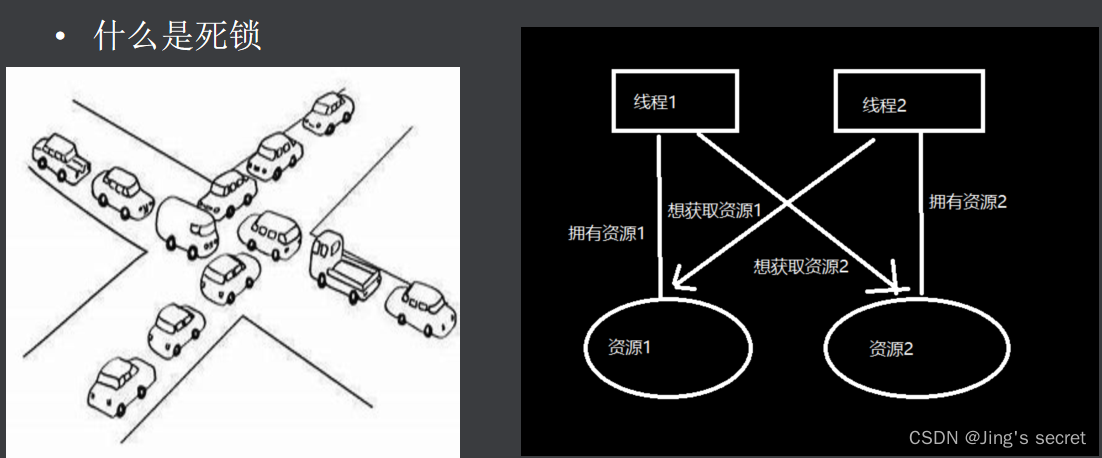



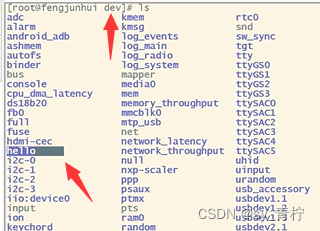



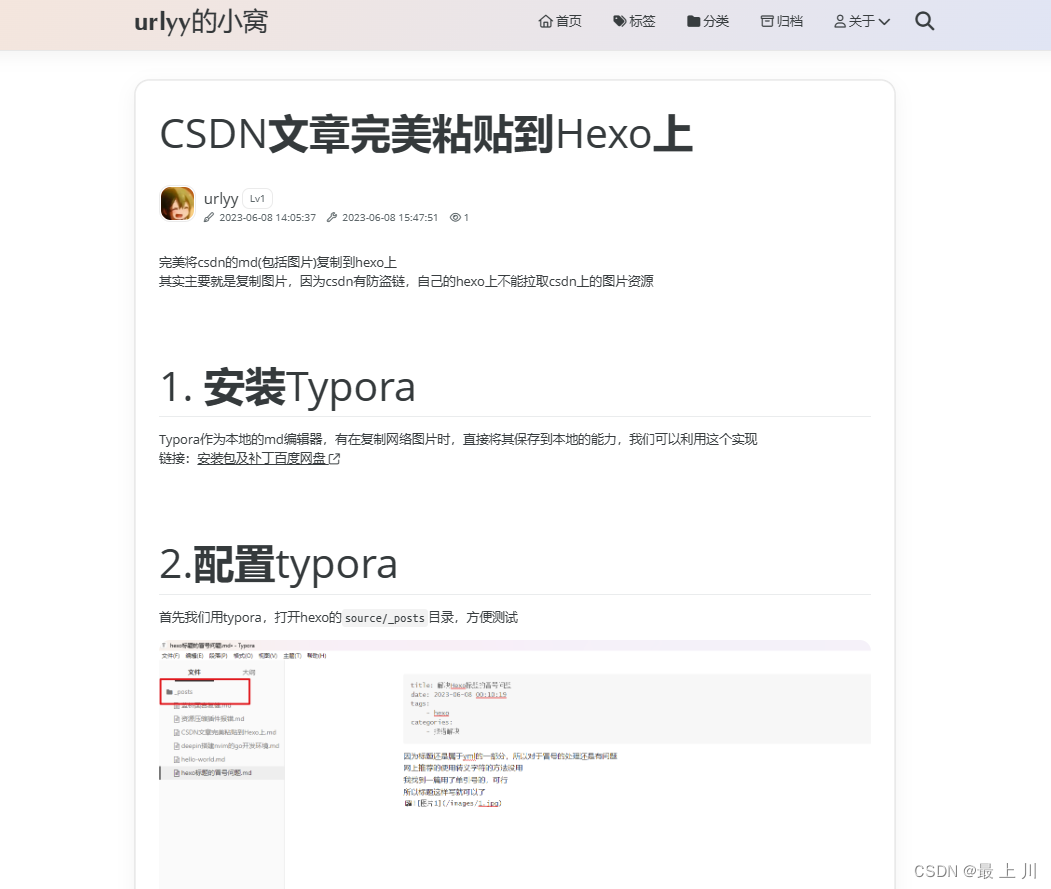
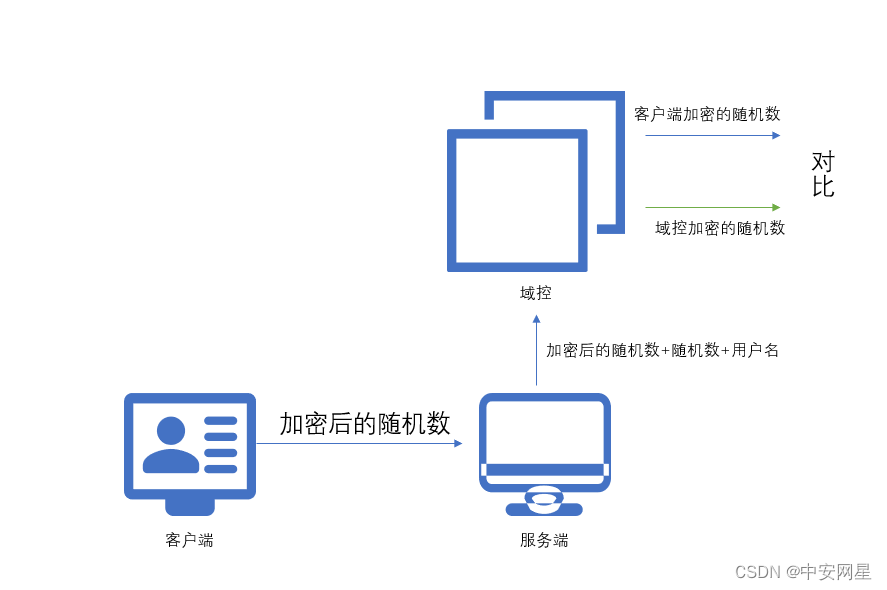






![Glibc——堆利用机制[拓展]](https://img-blog.csdnimg.cn/036d45c2c56a4e2eac98d2e2586be25c.png)

